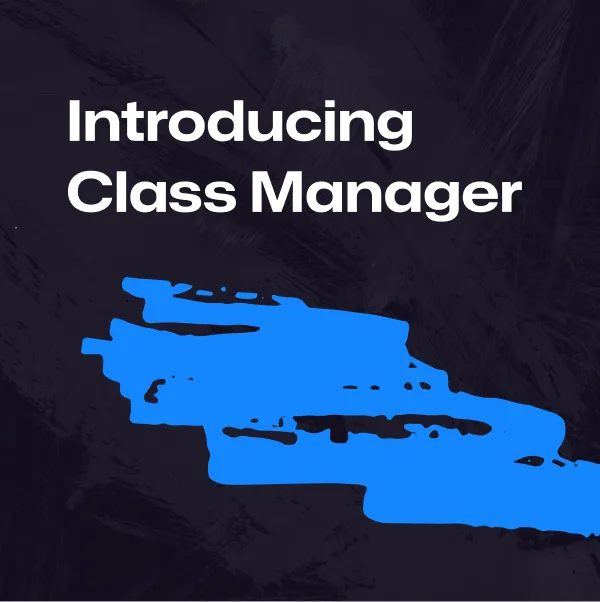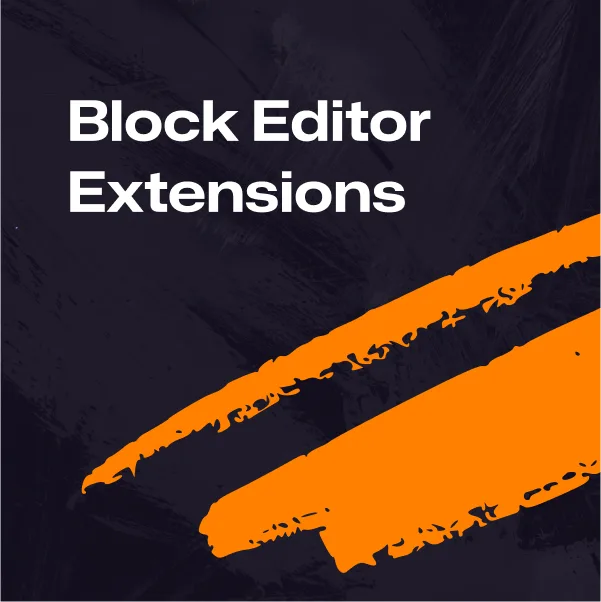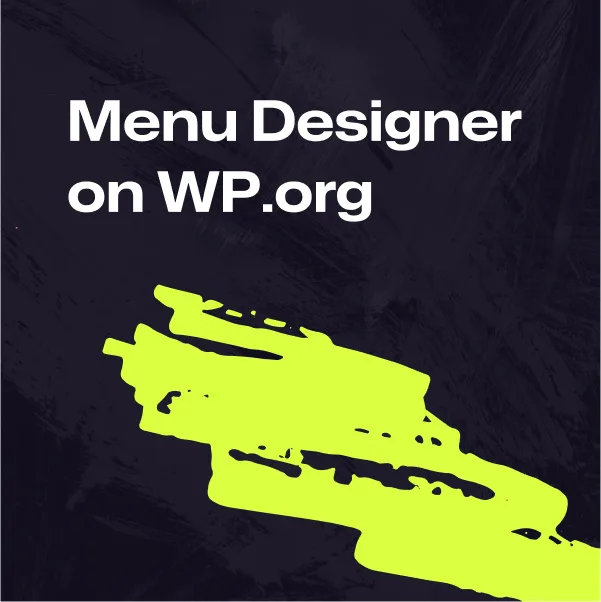If you look around the many different pockets of the WordPress ecosystem, it’s clear there is much disagreement about the state of the software and the path it’s on. This alone isn’t surprising — it would be more surprising if there wasn’t disagreement about a such a prolific and philosophy-driven piece of software.
But this time, it’s a little different: WordPress is at a crossroads. The once far-and-away CMS of choice finds itself catching up to flashier site-building alternatives that are modernizing quickly and capturing loyal audiences. And that reliable year-over-year growth that WordPress has enjoyed for so long? It may not be so reliable after all.
Some folks are optimistic (myself included), seeing new WordPress features like the block editor and full-site editing as a much-needed improvement to the aging software. Some folks are pessimistic (also sometimes me), frustrated by lax product management and a codebase that has undergone a bumpy transition for nearly 4 years now.
And yet, even amongst the many differing opinions, there remains agreement on one very important point: no one is quite sure where this thing is going, who it’s for, or what to expect next.
But it’s not all doom and gloom. WordPress isn’t dead. Quite the opposite, really. Our marketshare is still astronomical, our community is comprised of many intelligent and capable people, and we have the opportunity to shape the next era of WordPress to inspire growth.
How we got here
For a long time now, WordPress has been the benefactor of a vibrant 3rd-party product ecosystem, which has propelled its growth from a quirky CMS to a powerhouse of a CMS used by some of the worlds biggest brands, governments, and influential individuals.
What started as simple plugins and themes to change the functionality and appearance of WordPress has blossomed into a commercial ecosystem that provides stable careers for many thousands of independent creators and gives rise to million dollar enterprises like website hosts and product companies.
Thanks to this vast product ecosystem and the hard work of many thousands of contributors who’ve kept WordPress well-maintained, stable, and extensible, we’ve enjoyed a long stretch of commercial homeostasis.
The codebase hasn’t changed and neither has the notoriously choppy user experience. Things have more or less been the same for a long time — a feature, not a bug.
But now all of this is changing in a big way. With the addition of the block editor, the push towards a full-site editing suite of tools, JavaScript powering more and more of the software, and an economic valuation of $596 billion, WordPress is starting to look quite different.
It’s more mature, it has direction (whether you agree with it or not), and we’re finally starting to have the important conversations we’ve pushed off for too long.
Even the once-celebrated core philosophies of “owning your content,” “separation of content and presentation,” and “decisions, not options” seem to be on hold as we grapple with shifting priorities and the evolution of the web outside of our community.
Waiting for the dust to settle
Considering the breadth of the WordPress product ecosystem, it has been relatively slow to respond to block solutions and full-site editor adoption (though it is still early for the latter). It’s important to remember that this is a huge transition we’re going through — one that won’t just take a few years, but several.
Realistically, there’s a 7-10 year hump that WordPress has to get over. If we can, it’s gonna be insanely awesome in 2030.
Leslie Sim via Twitter
From my experience interacting with WordPress creators on social media and interviewing them for my Liftoff Creator Course, most people are simply waiting for the dust to settle.
- For product creators, it’s hard to build products for a moving target. It’s hard to know which problems to solve, which solutions customers are wiling to pay for, and which problems are only temporary problems that we just have to wait out.
- For developers who have spent the last 20 years working largely in PHP, it’s taxing to learn a whole new language and tooling (JavaScript, NPM, etc.), and the ins-and-outs of how extensible the new editor is. Quality docs and tutorials are scarce. The skills gap is apparent and developer apathy is something we should be concerned about.
- For agencies, adopting new tools and workflows is expensive and time-consuming. Not only do they have to change everything internally, but they have to train their clients on using new tools like full-site editing. Agencies are also having trouble finding new and qualified talent to work with this new technology.
- For end users, it’s tough to keep up with all of the updates and learn a whole new paradigm of how to build with WordPress (after finally getting the hang of it).
These transitions take time, money, resources, and a whole lotta patience to pull off. It’s a lot to ask on top of running a business, keeping customers happy, keeping products healthy and growing, marketing, audience building, and everything else.
The question many are wondering is whether these folks will hang around WordPress long enough to reap the rewards that full-site editing is promising, or move on to other platforms entirely.
Where we’re going next
Trying to gauge where WordPress will be in five to ten years is a tall task, but we’re finally seeing some hints of what to expect.
Thankfully, we’ve moved past the hardest part of the transition to blocks and full-site editing. That’s a big deal. Sure, there are some features that haven’t fully baked yet, and we’re still in desperate need of a UX overhaul for the WordPress admin area.
However, the paradigm of blocks, patterns, template parts, templates, style variations, and global styles has solidified. This is what we’ll use to build the next generation of WordPress products, and it’s a great foundation to build upon.
We’ve moved past the hardest part of the transition to blocks and full-site editing.
Stabilization of the software will bring ideation and creation. Content creators will start creating high-quality educational content focused on full-site editing. Developers will find their footing and settle in for a JavaScript future, just as the rest of the web is. Product creators will start finding new niches and audiences to build for. Agencies will find new ways to save time and money with full-site editing features, and slowly start transition clients.
People will realize that despite the rough-around-the-edges user experience and bumpy transition, that WordPress is still a prolific piece of software that can be bent and shaped into virtually any kind of web creation you can think of — something that hosted site-building alternatives can’t claim.
I’m confident we’ll get there, but it won’t happen magically overnight. WordPress is our collective responsibility, and that means finding ways to contribute our individual expertise (both in code and non-code contributions) in a way that keeps pushing this thing forward slowly and steadily.
Opportunity knocks
This is just the start of a long conversation about securing the next 10 years of WordPress’s community and economy. Make no mistake, it’s not guaranteed.
We’ve been gifted a great and rare opportunity here. From where we’re currently standing, you can look one way and see the “old” WordPress, and look the other way and see the “new” WordPress.
With the power of hindsight, we can make more informed decisions not just about future WordPress products themselves, but about the community in which they operate. We can reimagine how this new WordPress economy functions and shape it how we see fit.
Please consider subscribing to the newsletter below! I’ll be digging further into some of the topics we covered in this article such as contributing to WordPress, product development, the WordPress product economy, full-site editing, building themes, and more.



Leave a Reply